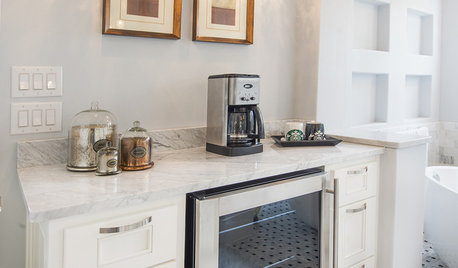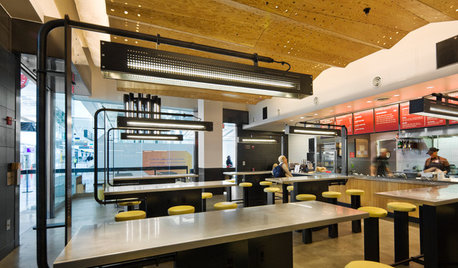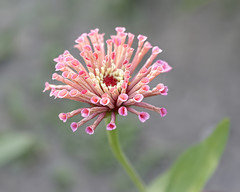Please explain about F1 hybrids
tete_a_tete
9 years ago
Featured Answer
Comments (12)
zen_man
9 years agolast modified: 9 years agozzackey
9 years agolast modified: 9 years agoRelated Professionals
West Milford Landscape Architects & Landscape Designers · Barrington Hills Landscape Architects & Landscape Designers · Leawood Landscape Architects & Landscape Designers · Salisbury Landscape Architects & Landscape Designers · Manchester Landscape Contractors · Cockeysville Landscape Contractors · Oak Harbor Landscape Contractors · San Benito Landscape Contractors · Canoga Park Fence Contractors · Canton Fence Contractors · Cherry Hill Fence Contractors · Eagle Mountain Fence Contractors · Fair Oaks Fence Contractors · Fairmount Fence Contractors · Maynard Fence Contractorstete_a_tete
9 years agolast modified: 9 years agozen_man
9 years agolast modified: 9 years agotete_a_tete
9 years agolast modified: 9 years agozen_man
9 years agolast modified: 9 years agozen_man
9 years agolast modified: 9 years agotete_a_tete
9 years agolast modified: 9 years agozen_man
9 years agolast modified: 9 years agotete_a_tete
9 years agolast modified: 9 years agozen_man
9 years agolast modified: 9 years ago
Related Stories

COFFEE WITH AN ARCHITECTThe Elements of Design Explained With Venn Diagrams
Design doesn't have to be hard to understand. It just needs the right presentation
Full Story
BATHROOM DESIGNUpload of the Day: A Mini Fridge in the Master Bathroom? Yes, Please!
Talk about convenience. Better yet, get it yourself after being inspired by this Texas bath
Full Story
BUDGETING YOUR PROJECTConstruction Contracts: What to Know About Estimates vs. Bids
Understanding how contractors bill for services can help you keep costs down and your project on track
Full Story
CONTRACTOR TIPSBuilding Permits: What to Know About Green Building and Energy Codes
In Part 4 of our series examining the residential permit process, we review typical green building and energy code requirements
Full Story
HOME OFFICESQuiet, Please! How to Cut Noise Pollution at Home
Leaf blowers, trucks or noisy neighbors driving you berserk? These sound-reduction strategies can help you hush things up
Full Story
DECORATING GUIDESPlease Touch: Texture Makes Rooms Spring to Life
Great design stimulates all the senses, including touch. Check out these great uses of texture, then let your fingers do the walking
Full Story
GARDENING GUIDESGreat Design Plant: Ceanothus Pleases With Nectar and Fragrant Blooms
West Coast natives: The blue flowers of drought-tolerant ceanothus draw the eye and help support local wildlife too
Full Story
ARCHITECTUREDesign Workshop: Just a Sliver (of Window), Please
Set the right mood, focus a view or highlight architecture with long, narrow windows sited just so on a wall
Full Story
KITCHEN DESIGNStay Cool About Picking the Right Refrigerator
If all the options for refrigeration leave you hot under the collar, this guide to choosing a fridge and freezer will help you chill out
Full Story
HOME TECHWhat Chipotle and Radiohead Can Teach Us About Sound Quality at Home
Contemporary designs filled with glass and concrete can be hostile environments for great sound quality. Here's how to fix that
Full StoryMore Discussions








tete_a_teteOriginal Author